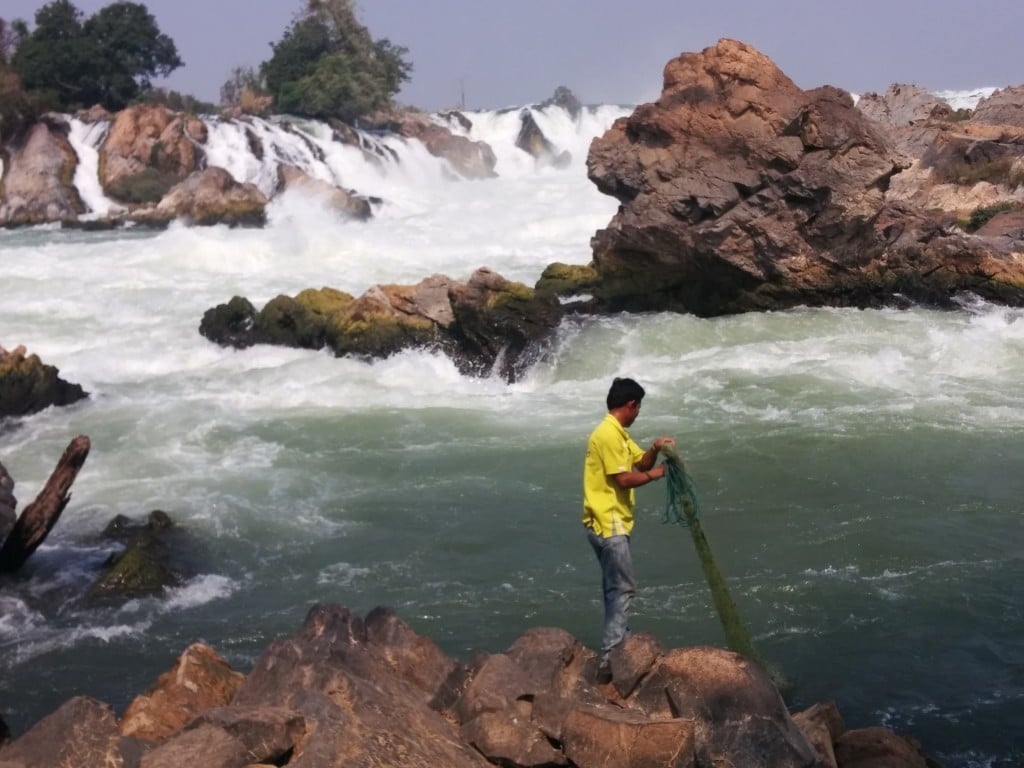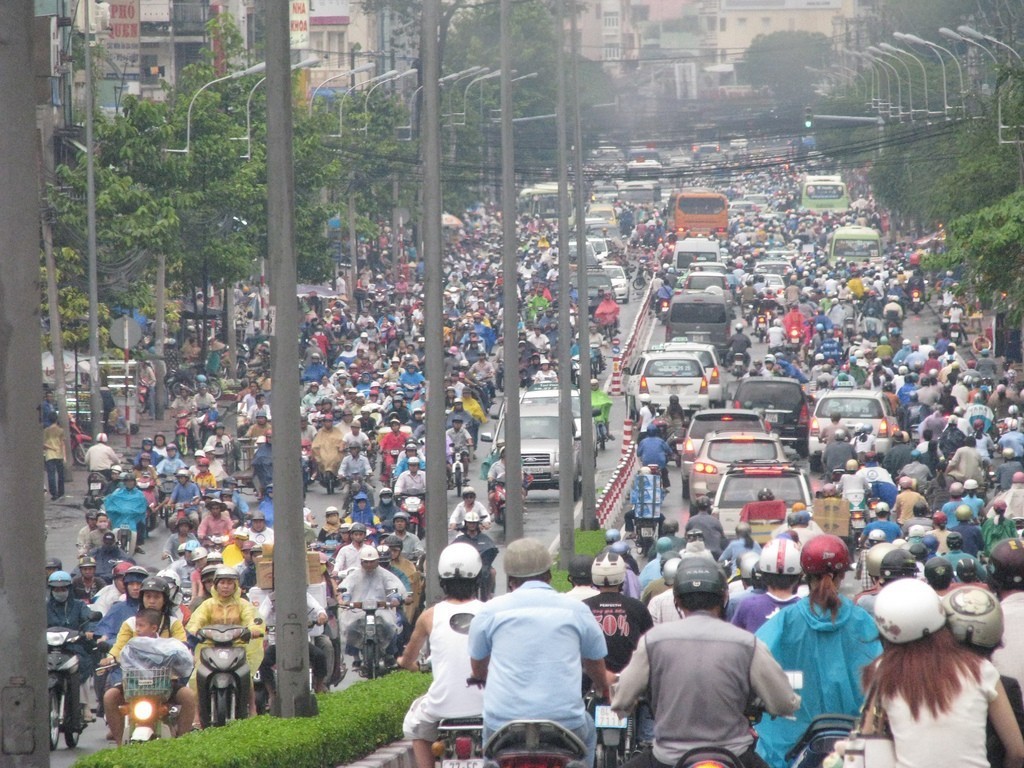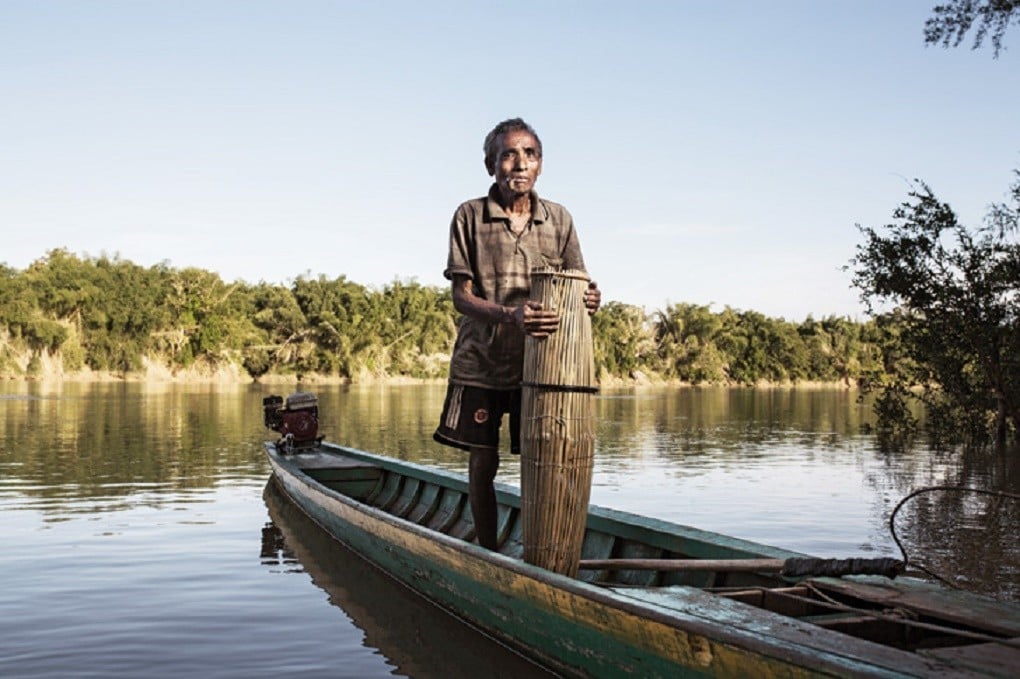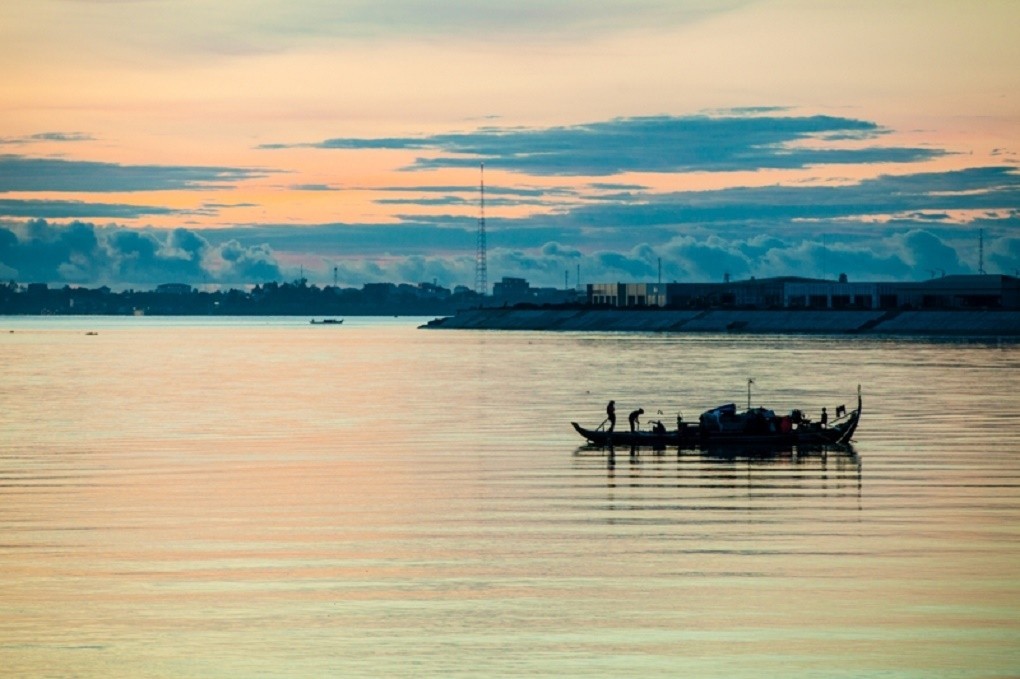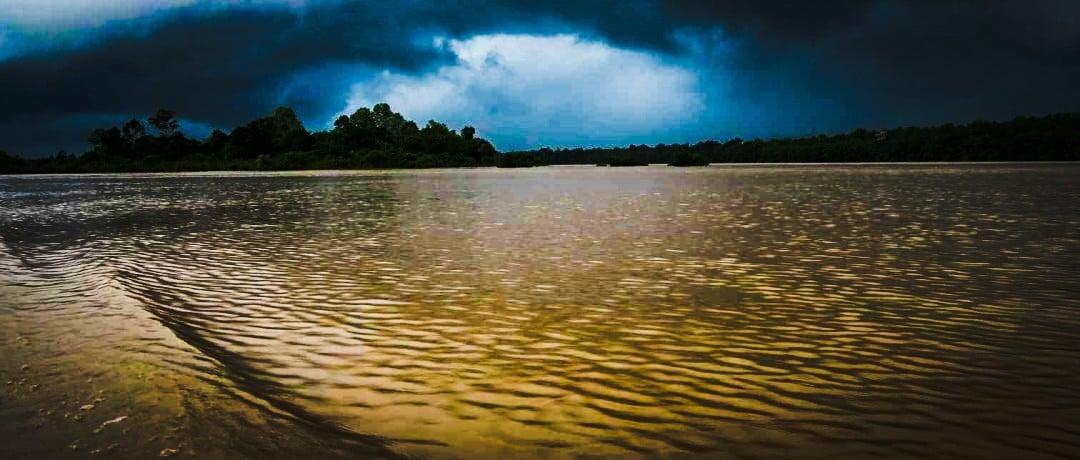The Club of Cambodian Journalists announced over the weekend that there has been a dramatic rise in threats against journalists this year, with a parallel increase in arrests and legal challenges, The Phnom Penh Post reported.
According to a CCJ statement issued on Saturday, there have so far been 12 cases against journalists this year, compared to four in 2014.
Some journalists were beaten up and arrested and detained, and in some cases equipment including cameras and voice recorders was confiscated, it said. Five journalists were sued this year, compared to just two in 2014, it added.


